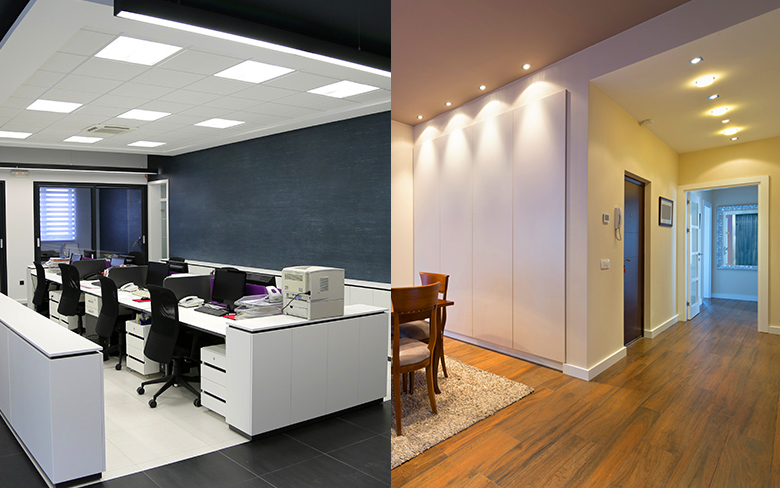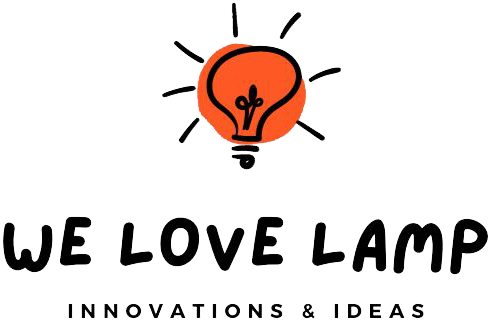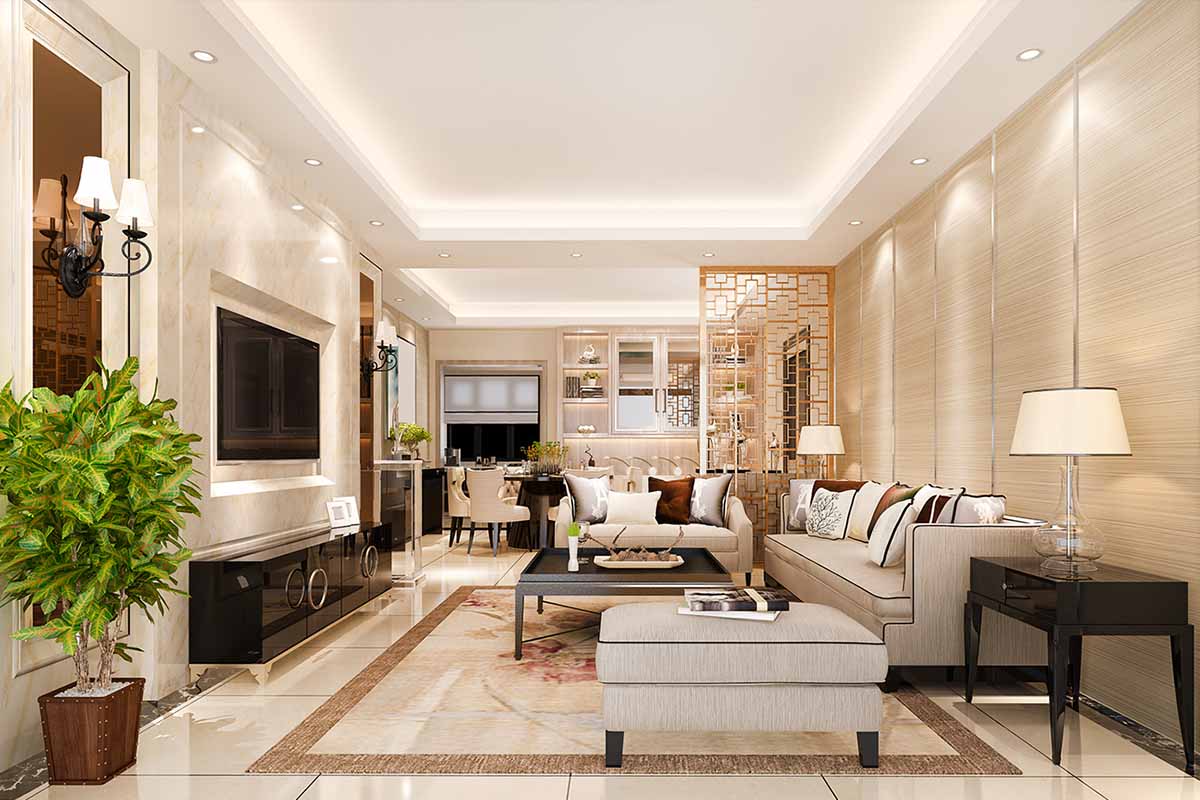Lighting is both a technical and creative field. You need to be informed to select the right products and find a supplier who offers a wide range of quality, up-to-date lighting options.
Good lighting designers can help map out the ideal lighting plan for any room in your house, enhancing its ambiance and function.
As technology in lighting and equipment continually advances, new products flood the market every year. To stay current, lighting designers often attend home décor exhibitions, interior design workshops, and new product launches. Staying on top of these trends helps you offer top-notch service to your clients, or even just bring a professional touch to your own home project.
The Different Lighting Techniques
Lighting is versatile, as you can tweak it to achieve various effects. For instance, you can use lighting to highlight certain areas or divert attention away from specific spots. The level of brightness can also be adjusted to set the room’s mood – soft light for relaxation and bright light for active spaces like entertainment rooms.
Downlighting is great for adding just enough light to rooms that are well-lit during the day but need extra illumination at night.
Task lighting, like spotlights, focuses on specific work areas, such as a desk. To be effective, these lights should be three times brighter than the room’s general lighting. Accent lighting highlights specific items, like artwork.
Halogen lamps are often recommended for this purpose; just make sure they’re also three times brighter than the rest of the room’s lights.
You don’t have to be a lighting expert to make effective choices. Stick to fundamental techniques and choose the right types of lighting products to achieve the look and feel you want for your home.

Differentiating Between the Two
Downlight and spotlight are two commonly used lighting fixtures in residential and commercial spaces, each serving unique purposes and creating distinct effects. Although they both belong to the category of directional lighting, there are key differences that set them apart.
Downlights are generally recessed into the ceiling, casting a downward, diffuse light over a larger area. They are used to provide uniform ambient lighting across rooms.
Moreover, they are more subtle in appearance and aim to blend in seamlessly with the ceiling, hence not drawing attention to themselves. They are equipped with a broader angle of illumination which allows them to cover more ground and offer more general lighting.
This makes them ideal for spaces where even, consistent light is required, such as living rooms, kitchens, and bathrooms.
Spotlights, on the other hand, are designed to focus light on a specific area or object. They can be surface-mounted, track-mounted, or recessed, and they generally produce a narrow, concentrated beam of light, usually with an angle ranging from 15 to 45 degrees.
Spotlights are great for accent lighting; they highlight specific features such as artwork, architectural details, or even performing areas in theatres. Unlike downlights, spotlights are often designed to be noticeable and may add to the aesthetic quality of the space they inhabit.
Summary
The main difference lies in their beam angle and focus. Downlights offer broad, diffuse lighting to illuminate larger areas uniformly. In contrast, spotlights emit a concentrated, narrow beam for targeted lighting, accentuating specific elements in a space.
Choosing between downlights and spotlights depends on the functional and aesthetic needs of a space. Downlights are the go-to for general, ambient lighting, while spotlights excel at drawing attention to specific features.
Often, a combination of both types is used in a single space to create layers of light that serve different functions and contribute to a balanced, versatile lighting scheme.

